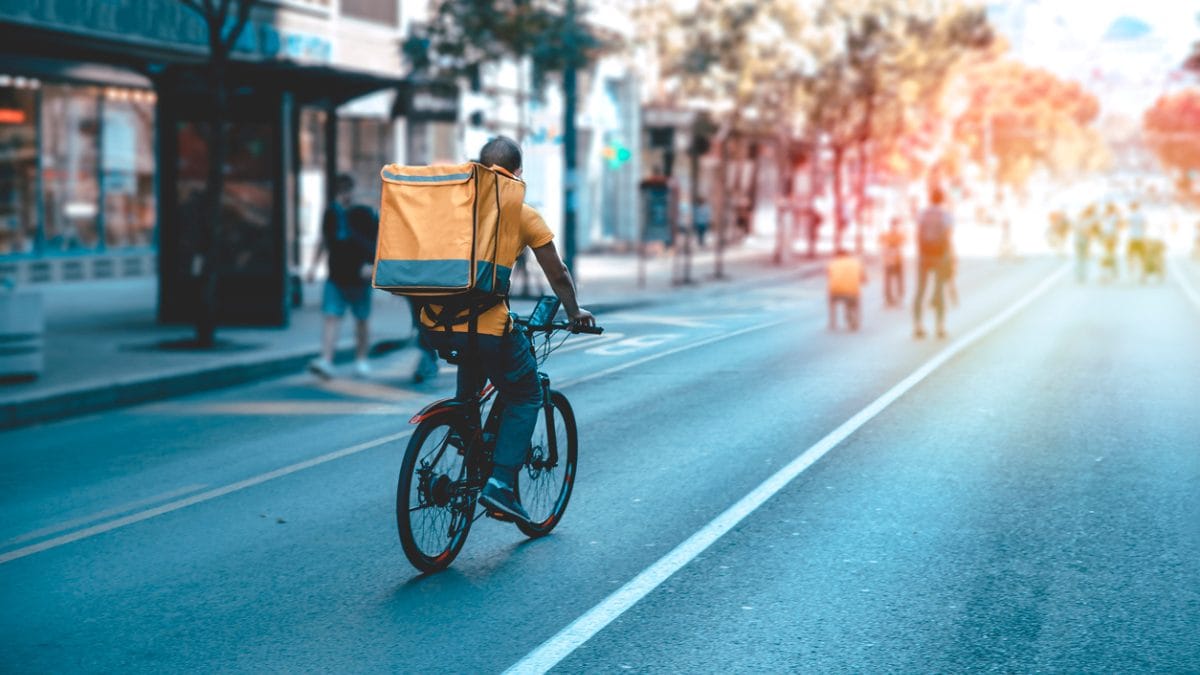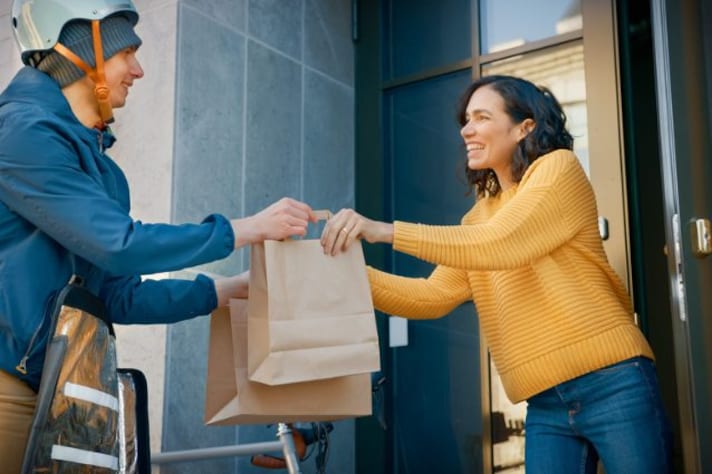
A recent survey of American consumers found that 82% consider any food delivery arriving after one hour to be unacceptable. While individual patience varies, most people expect their meal within 30–45 minutes of placing an order. Factors like restaurant prep time, driver availability, and distance all play a role, but crossing the 60-minute mark often feels like a breach of the delivery promise.
Key Factors Impacting Delivery Time
Several variables determine whether your food shows up hot and on time—or cold and late:
- Restaurant Efficiency Busy kitchens or complicated orders can add 10–20 minutes to prep time.
- Distance and Traffic Longer routes, rush-hour traffic, and road closures delay drivers.
- Driver Workload Multi-stop runs stretch each delivery, especially during peak dining hours.
- Weather Conditions Rain, snow, or extreme heat can slow drivers and raise safety concerns.
- Order Volume & App Algorithms Surge pricing and batching algorithms sometimes prioritize profit over speed.

The Psychology of “Hangry” and Heightened Expectations
Why does waiting for food spark such intense frustration? It’s a mix of biology and expectation:
Once you place an order, your brain releases dopamine, the “reward” chemical. As the wait drags on, that dopamine spike fades, leaving impatience in its wake. Rising ghrelin levels trigger irritability—and when hunger peaks, even a short delay can feel excruciating.
Studies show that in moments of discomfort or boredom, time seems to stretch. Watching the minutes tick by on a delivery tracker can feel like hours. Handing over meal preparation to strangers creates uncertainty. Without real-time updates, customers imagine worst-case scenarios: drivers stuck in traffic or orders forgotten entirely.
When Your Anger Is Justified
Not all delay-induced rage is unreasonable. Here are scenarios where a complaint—or even cancelling an order—makes sense:
- The CDC advises discarding perishable foods left at room temperature for more than 2 hours. Deliveries beyond this window pose genuine health hazards.
- If a service consistently delivers past one hour—especially without opt-in surge pricing or notification—customers have grounds for frustration and refunds.
- Drivers who deliver incomplete orders or the wrong dishes force additional waits and can warrant full compensation.
- When a delivery status stalls at “out for delivery” for 20+ minutes without contact, drivers should proactively reach out before earning customer ire.

Tips for a Calmer Delivery Experience
To curb “delivery rage” and set realistic expectations, try these strategies. Order during off-peak hours when drivers and kitchens have breathing room. Choose restaurants known for reliable delivery times or in-app “estimated arrival” accuracy. Keep snacks or appetizers on hand for unavoidable delays. Communicate special instructions clearly—ring the doorbell, watchgate codes, or dietary notes—to prevent repeat trips. Use trackable services that update you at every stage: accepted, cooking, picked up, and en route.
;Resize,width=767;)
